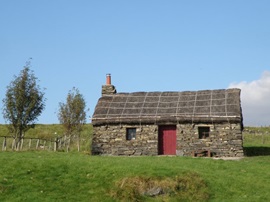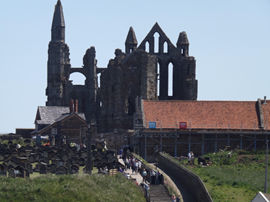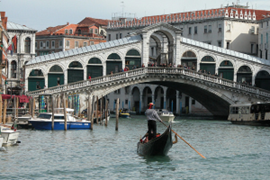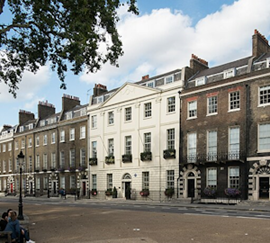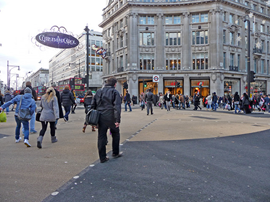Coal Drops Yard
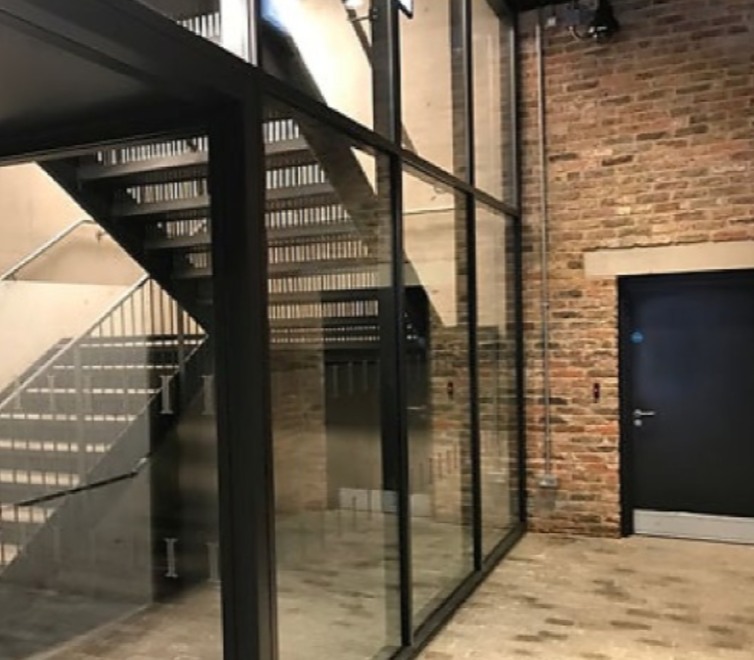
|
| In major cities around the world, historic buildings form a significant part of the landscape. Often providing glimpses into the proud industrial heritage they once helped to fuel, these buildings often struggle to find a purpose in today’s fast-paced urban societies. |
[edit] Introduction
Times have changed, how people live and work are vastly different and buildings must accommodate this if they are to remain purposeful today. Glazing can play an integral role in the transformation of these often-forgotten architectural gems, bringing visually-stunning designs to life, while ensuring practicality and safety.
London’s Coal Drops Yard, located just a stone’s throw away from King’s Cross – one of the city’s busiest travel hubs – is one such building. Once a powerhouse of the industrial era, the Yard’s Victorian buildings were used for warehousing for more than a century before playing host to some of the city’s vibrant night life venues. Since 2007 they have stood unused.
Now, little more than a decade later – and more than 150 years after their initial construction – Coal Drops Yard has been transformed into one of London’s premier shopping destinations.
[edit] Connecting old and new
Made up largely of two 19th Century coal warehouses, the site needed to be drastically re-thought to evolve into a new retail complex comprising more than 50 shops and restaurants. With high levels of footfall anticipated, the safety of individuals would need to be a primary factor in its redesign. Additionally, creating light-filled spaces to attract shoppers from across London would be integral to the project’s long-term success. As a result, specifying materials capable of balancing safety requirements alongside aesthetics and practicality was critical.
Supplying in excess of 150m2 of Pyroguard Protect toughened fire-rated glass to various classifications – including E60, EW120 and EI60 – to the project, Pyroguard was able to fulfil the designer’s safety requirements, while delicately balancing the need for aesthetic excellence to contribute to the repurposing of these historic buildings. Working closely with Propak Architectural Glazing who were enlisted to design, manufacture and install a large range of steel glazing systems for the project, Pyroguard created a bespoke thickness of 31mm, instead of the traditional 25mm for the EI60 requirement, to perfectly complement the systems.
With glazing having a critical role in the designer’s vision of Coal Drops Yard, it would be responsible for providing the transparent features which flood the site with natural light and bring the industrial buildings into the modern day. Besides its architectural significance, the project’s glazing also has inherent safety characteristics, designed to keep occupants safe in the event of a fire.
Custom manufactured, Pyroguard Protect toughened fire-rated glass can be created in expanses large and small, equipping fabricators with the flexibility needed to fulfil expectations in ambitious architectural projects. It also provides protection against flames, smoke and radiated heat, in addition to impact classification to EN12600, facilitating the transmission of natural light, as well as providing acoustic control and thermal and solar performance. Certified for use in steel, aluminium and timber frames, it was selected as the perfect partner for the steel frames designed by Propak for Coal Drops Yard.

|
To discover more about Pyroguard’s range of fire rated glazing solutions visit http://www.pyroguard.eu
This article originally appeared as 'Breathing new life into historic buildings' in Architectural Technology Journal (at) issue 132 published by CIAT in winter 2019. It was written by Andy Lake, Pyroguard.
--CIAT
[edit] Related articles on Designing Buildings Wiki
IHBC NewsBlog
IHBC Publishes C182 focused on Heating and Ventilation
The latest issue of Context explores sustainable heating for listed buildings and more.
Notre-Dame Cathedral of Paris reopening: 7-8 December
The reopening is in time for Christmas 2025.
Stirling Prize-winning Salford building to be demolished
The Centenary Building will be bulldozed as part of the wider £2.5bn Crescent regeneration project
Volunteers work to transform 100-year-old ‘hidden’ building into bothy
The building, named Druimnashallag, is located southeast of Oban.
The new ‘Arches for HERs’ Demo site, from the Getty Conservation Institute via HE
It shows how organisations responsible for historic environment records (HER) management can benefit from its powerful features.
ICOMOS-CIF 2024 Symposium celebrates 40th anniversary in Venice
It aims to critically review current practices and theories of conservation of built heritage around the world, and more.
HES establishes new national centre for retrofit of traditional buildings
HES plans to develop the centre follows £1m of funding from UKRI Arts and Humanities Research Council.
High Court rejects oral appeal against tower block decision in historic Bloomsbury
The request was for a full Judicial Review hearing against Camden Council’s approval of a 74m-high tower block in Bloomsbury.
Mayor of London and Government announce bold plans to transform Oxford Street
Plans include turning the road into a traffic-free pedestrianised avenue, creating a beautiful public space.
Crystal Palace Subway, for 160th anniversary
The remarkable Grade II* listed Crystal Palace Subway in South London begins a new era following major restoration.










